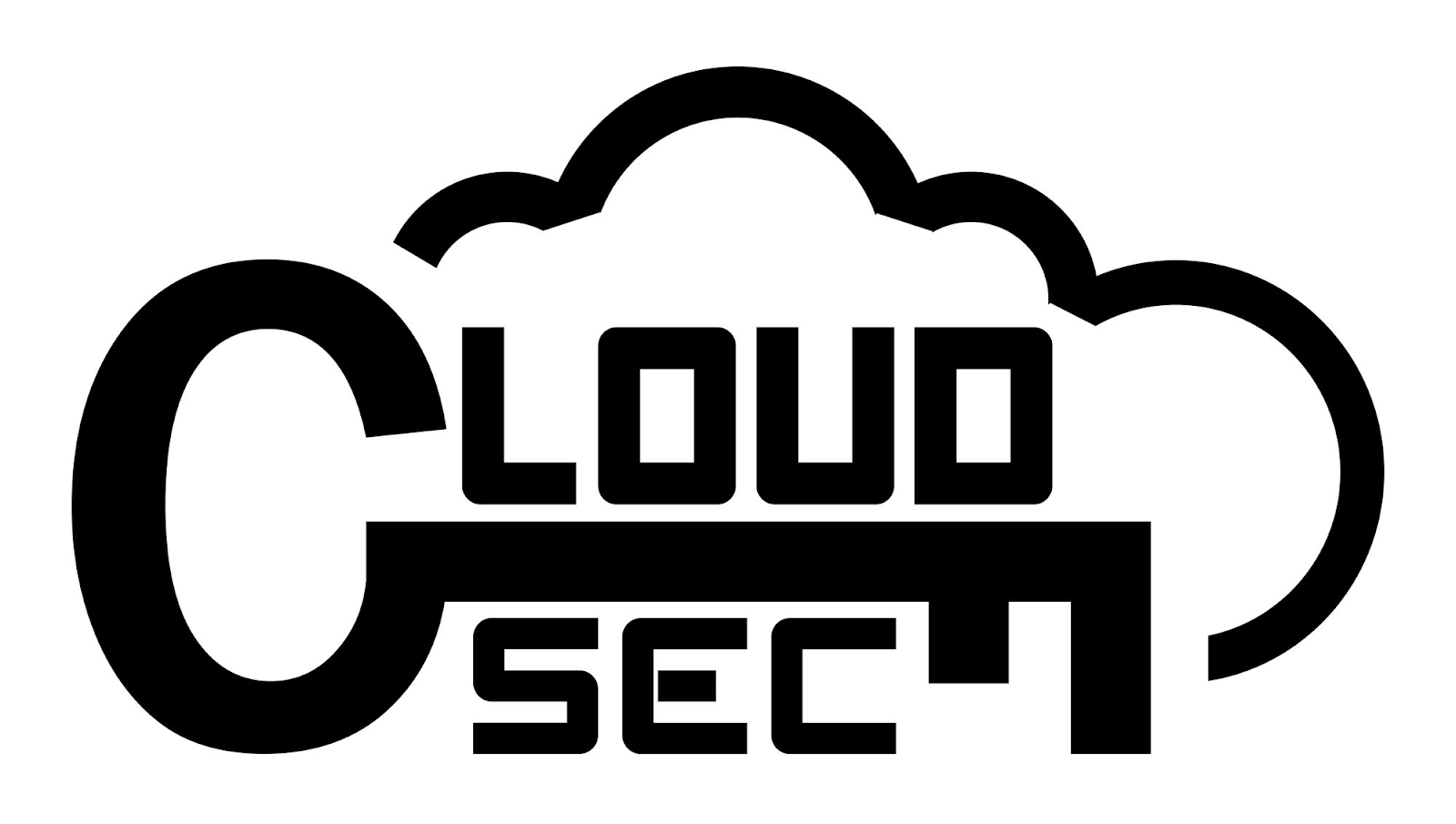Unmasking the Invisible: End-of-Life Software and Vulnerability Scans
Shield Your Infrastructure from Hidden Threats with CloudSec

In the face of ever-evolving digital threats, businesses need to keep a keen eye on their cybersecurity strategies. A frequently neglected risk is end-of-life (EOL) software - often unnoticed and capable of posing grave security vulnerabilities if not properly addressed. Alarmingly, these potential threats may not get picked up by many vulnerability scans, significantly increasing the risk factor. This article delves into the covert perils of EOL software, its capability to dodge traditional vulnerability scans, and how CloudSec's all-encompassing vulnerability and patch management services can safeguard your business from these hidden dangers.
Unmasking End-of-Life Software
EOL software refers to software that has reached the culmination of its lifecycle and is no longer on the receiving end of updates, patches, or technical support from its developer or vendor. This lack of attention leaves it open to new vulnerabilities or exploits. As the software continues to age without support, it becomes an increasing liability, threatening the security and stability of your IT infrastructure.
Real-world examples, like the infamous WannaCry ransomware attack in 2017, underscore the dangers of EOL software. This attack targeted thousands of computers worldwide running the EOL Windows XP operating system, which no longer received security updates from Microsoft. Despite its age, Windows XP was still widely used, making it a prime target for hackers.
The Invisible Threat: EOL Software and Vulnerability Scans
Vulnerability scans, vital to a solid cybersecurity strategy, are developed to spot and categorize potential threats and weak points in your systems. However, they may falter when it comes to identifying risks associated with EOL software. Here's why:
- Limited Visibility - Many vulnerability scanning tools bank on databases of known vulnerabilities, regularly updated to include newly discovered threats. However, software reaching its EOL is typically removed from these databases, as no further patches or updates will be available. This exclusion creates a blind spot in your vulnerability scanning, leading to a false sense of security, falsely deeming your EOL software as secure when it is indeed highly vulnerable.
- False Sense of Security - Vulnerability scans may not highlight any known vulnerabilities in EOL software, creating an illusion of security. However, absence of evidence isn't evidence of absence. Cyber attackers are ceaselessly crafting new exploits, and EOL software, devoid of regular updates and patches, becomes a prime target.
- An Ever-expanding Threat Landscape - The threat landscape is persistently evolving, with new vulnerabilities surfacing each day. EOL software, by its nature, cannot acclimate to these emerging threats. Although a vulnerability scan may not initially categorize EOL software as high risk, the risk factor can escalate drastically over time as new vulnerabilities are found and left unattended.
One need not look far for an example. The Equifax data breach of 2017, which exposed the personal information of nearly 148 million people, was attributed to an unpatched vulnerability in the Apache Struts web-application software - a framework that had reached its EOL.
CloudSec's Protective Shield: Proactive EOL Software Management
At CloudSec, we're well aware of the concealed dangers that EOL software carries. Our comprehensive vulnerability and patch management services include proactive EOL software management, guaranteeing that your systems remain secure and up-to-date.
We work closely with you to:
- Identify EOL software in your system.
- Evaluate the associated risks.
- Develop a strategy to manage or replace the software.
- Implement necessary security measures to safeguard your systems.
By teaming up with CloudSec, you can rest assured that your business is fortified against the covert dangers of EOL software.








